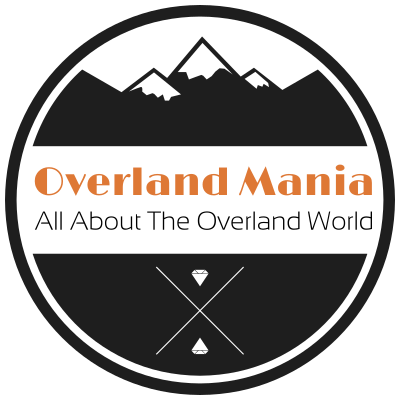Project Description
Ecuador, officially the Republic of Ecuador is a country in northwestern South America, bordered by Colombia on the north, Peru on the east and south, and the Pacific Ocean on the west. Ecuador also includes the Galápagos Islands in the Pacific, about 1,000 kilometres (621 mi) west of the mainland. The capital and largest city is Quito.
Ecuador has a total area of 283,561 km2 (109,484 sq mi), including the Galápagos Islands. Of this, 276,841 km2 (106,889 sq mi) is land and 6,720 km2 (2,595 sq mi) water. Ecuador is bigger than Uruguay, Suriname, Guyana and French Guyana in South America.
Ecuador lies between latitudes 2°N and 5°S, bounded on the west by the Pacific Ocean, and has 2,337 km (1,452 mi) of coastline. It has 2,010 km (1,250 mi) of land boundaries, with Colombia in the north (with a 590 km (367 mi) border) and Peru in the east and south (with a 1,420 km (882 mi) border). It is the westernmost country that lies on the equator.
The country has four main geographic regions:
- La Costa, or “the coast”: The coastal region consists of the provinces to the west of the Andean range – Esmeraldas, Guayas, Los Ríos, Manabí, El Oro, and Santa Elena. It is the country’s most fertile and productive land, and is the seat of the large banana exportation plantations of the companies Dole and Chiquita. This region is also where most of Ecuador’s rice crop is grown. The truly coastal provinces have active fisheries. The largest coastal city is Guayaquil.
- La Sierra, or “the highlands”: The sierra consists of the Andean and Interandean highland provinces – Azuay, Cañar, Carchi, Chimborazo, Imbabura, Loja, Pichincha, and Tungurahua. This land contains most of Ecuador’s volcanoes and all of its snow-capped peaks. Agriculture is focused on the traditional crops of potato, maize, and quinua and the population is predominantly Amerindian Kichua. The largest Sierran city is Quito.
- La Amazonía, also known as El Oriente, or “the east”: The oriente consists of the Amazon jungle provinces – Morona Santiago, Napo, Orellana, Pastaza, Sucumbíos, and Zamora-Chinchipe. This region is primarily made up of the huge Amazon national parks and Amerindian untouchable zones, which are vast stretches of land set aside for the Amazon Amerindian tribes to continue living traditionally. It is also the area with the largest reserves of petroleum in Ecuador, and parts of the upper Amazon here have been extensively exploited by petroleum companies. The population is primarily mixed Amerindian Shuar, Huaorani and Kichua, although there are numerous tribes in the deep jungle which are little-contacted. The largest city in the Oriente is probably Lago Agrio in Sucumbíos, although Macas in Morona Santiago runs a close second.
- La Región Insular is the region comprising the Galápagos Islands, some 1,000 kilometres (620 mi) west of the mainland in the Pacific Ocean.
Ecuador’s capital is Quito, which is in the province of Pichincha in the Sierra region. Its largest city is Guayaquil, in the Guayas Province. Cotopaxi, just south of Quito, is one of the world’s highest active volcanoes. The top of Mount Chimborazo (6,268 m, or 20,560 ft, above sea level), Ecuador’s tallest mountain, is the most distant point from the center of the Earth on the Earth’s surface because of the ellipsoidshape of the planet.[1]





































































